
What did medieval Russians do in summer in an era without smoothies?
Vostock-Photo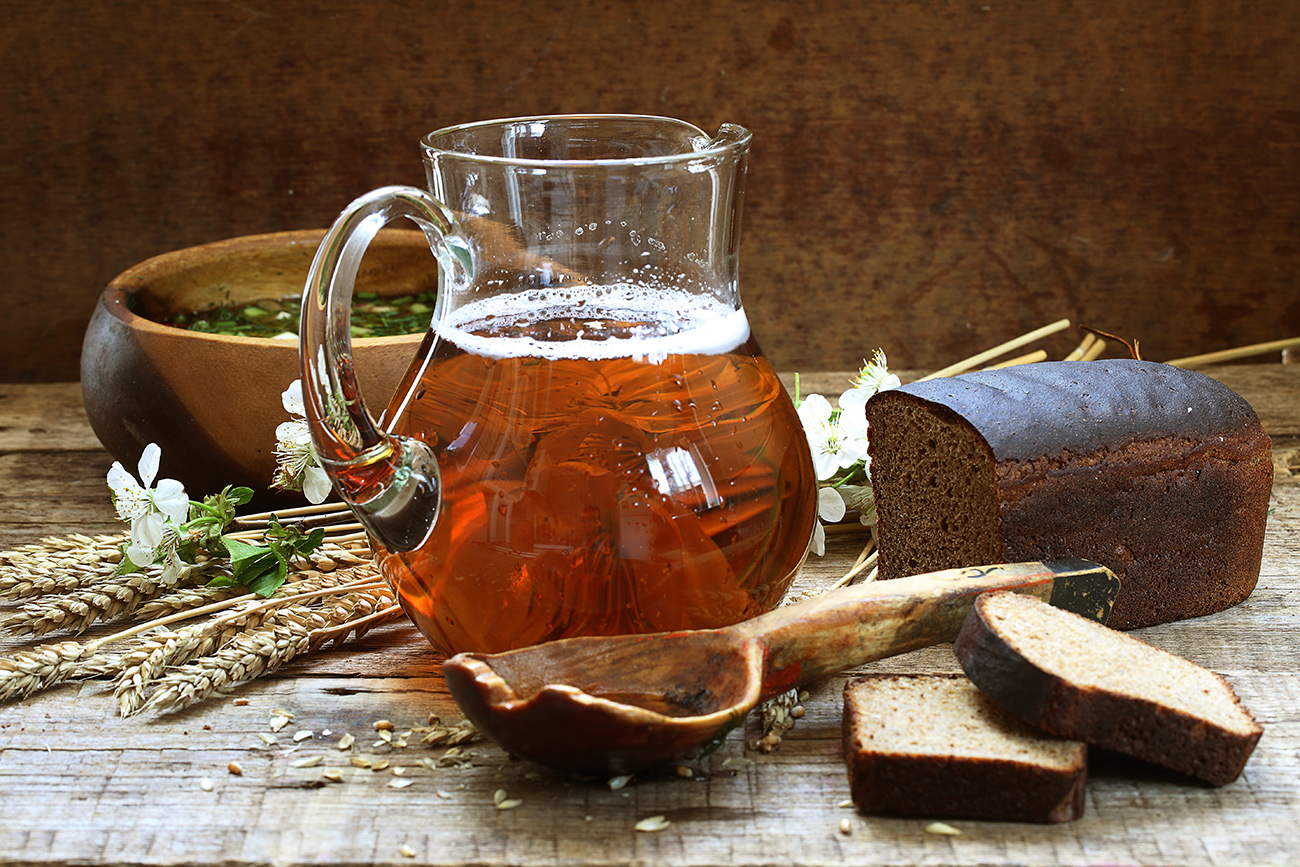 Source: Legion Media
Source: Legion Media
Kvas is a full-fledged non-alcoholic alternative to beer. The Slavs drank kvas, brewed from rye and barley, at any time of the day, during work and even when they were fasting. Kvas was one of the main dishes on a Russian table in every household - from peasant to royal.
Often it was drunk with scallion and dark bread as dinner and fruit or berry kvas - as dessert. There is even a special type of kvas - sour schi. Contrary to stereotypes, schi is not a soup but just a sour beverage made from rye malt.
It is not very difficult to make homemade kvas. Just soak dark bread crackers in boiling water, let sit for four hours, and then add sugar, yeast and mint. Finally, let the kvas ferment.
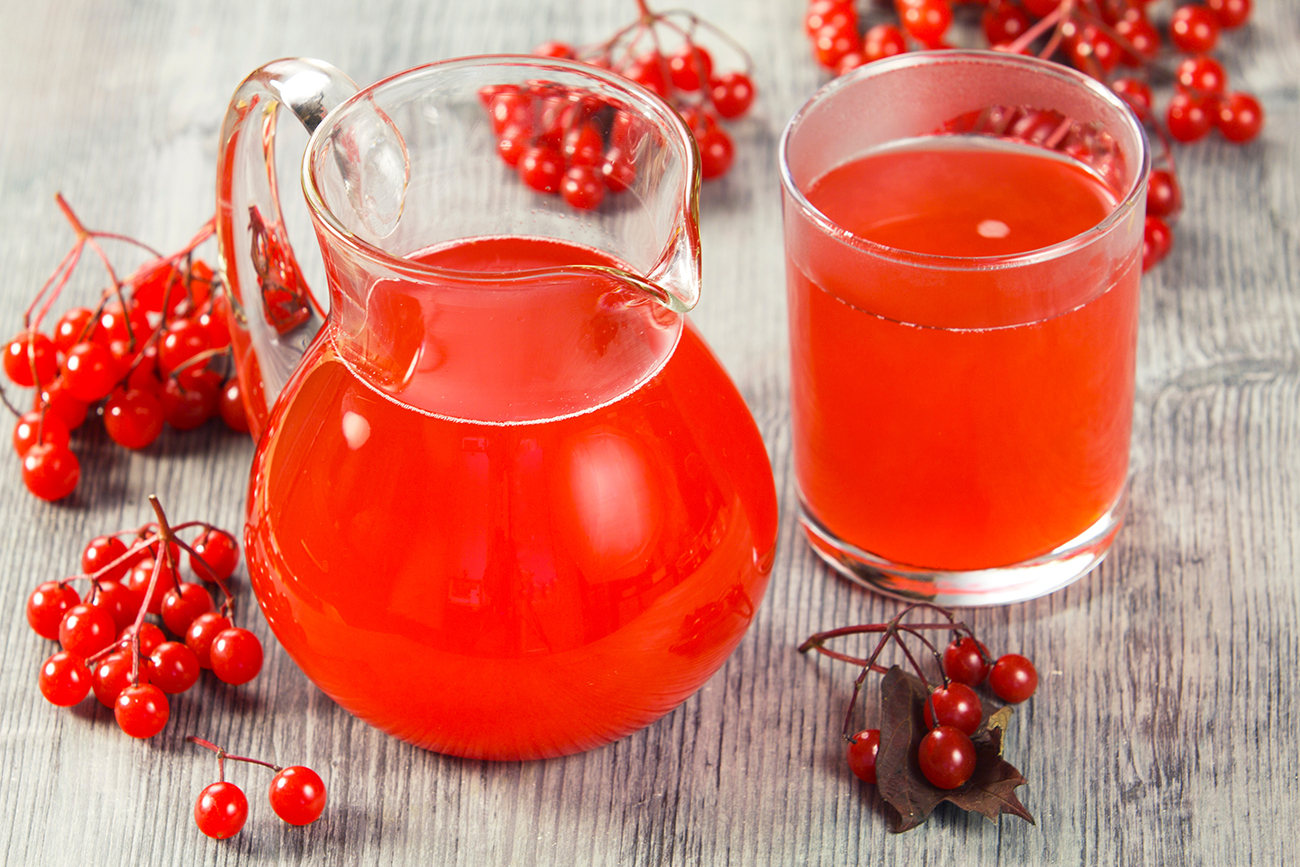 Source: Legion Media
Source: Legion Media
This beverage made from berries was already popular at the time when the Domostroi [a 16th century housekeeping manual] was written in medieval Rus. Mors was brewed from either cranberries, blueberries, raspberries, currants or cherries.
To make it, drain the juice from fresh berries through a sieve, and then boil the remaining skins with sugar. When done, add to the juice. Natural mors can last a week if stored in a cool place.
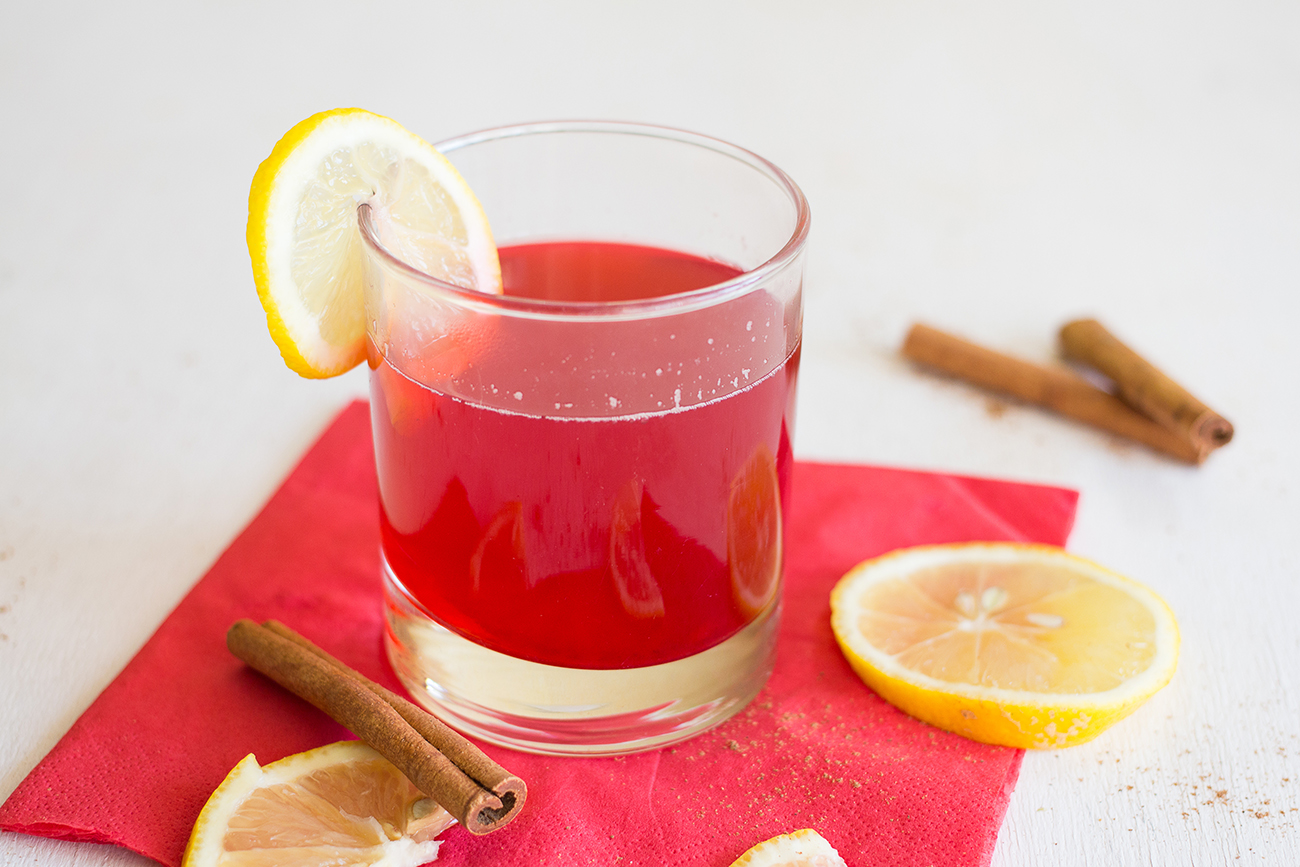 Source: Legion Media
Source: Legion Media
Russian poet Alexander Pushkin made cowberry water a part of the diet of Evgeny Onegin, his most famous protagonist. And it’s even easier to make than mors.
Select the best cowberries and remove the leaves and stems. Soak in water and leave the mixture in a cool place for 7-10 days. Then sieve the water, add some sugar or honey and pour it into glasses. You can use the berries that remain to make mors.
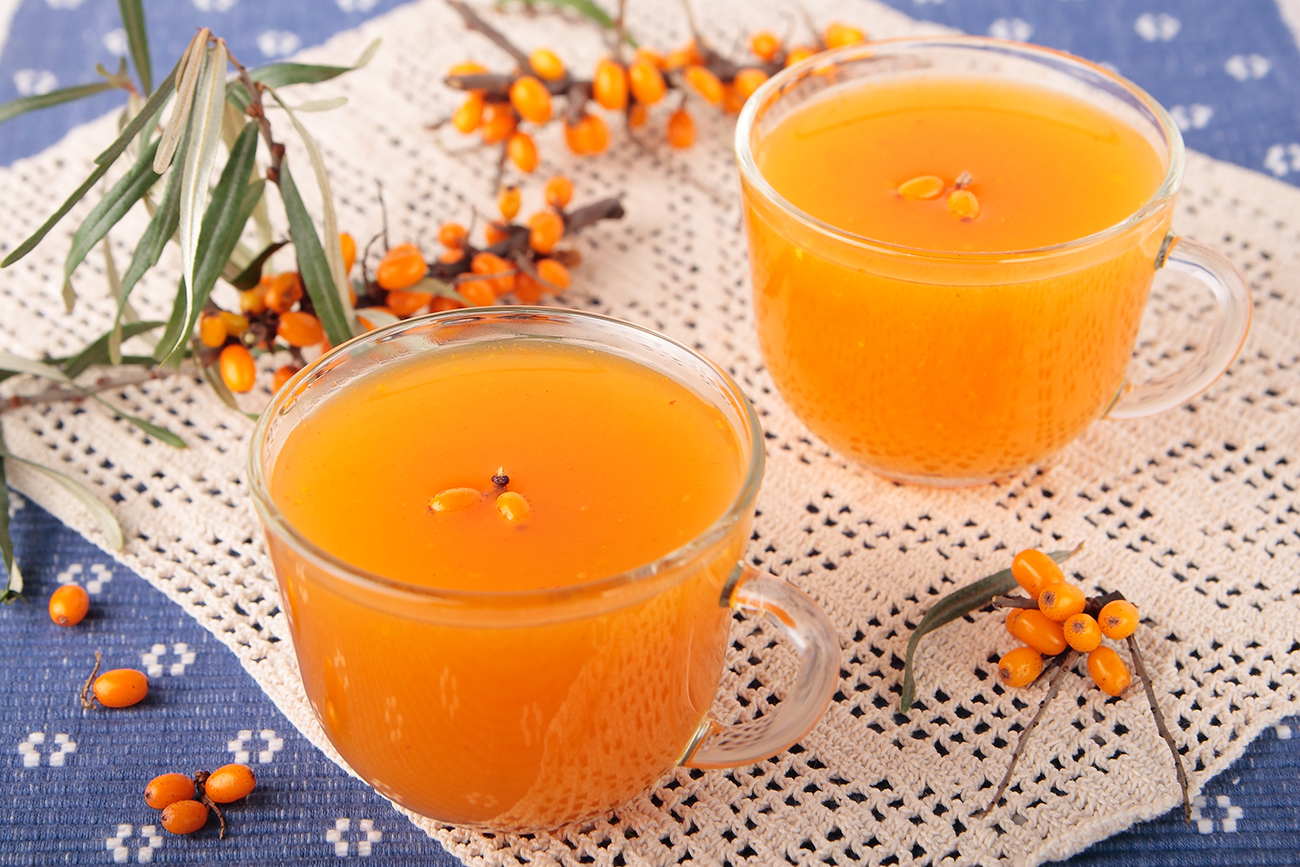 Source: Legion Media
Source: Legion Media
Traditional Russian kiselis made from oats, and was served cool in the summer as a main dish. Oat kisel was prepared using oat flour, boiled and baked in a Russian stove. The common kisel enjoyed today appeared in the beginning of the 19th century and was a fashionable drink among aristocrats. In Soviet times there was dry kisel, which can easily be dissolved in warm water and then heated up. But the children who loved kisel did not bother with such methods: they just chewed the dry kisel and enjoyed the fruity taste.
You can brew the natural kisel from any berries or fruits. Just add a tablespoon of potato starch, or cornstarch, or sugar as you brew it.
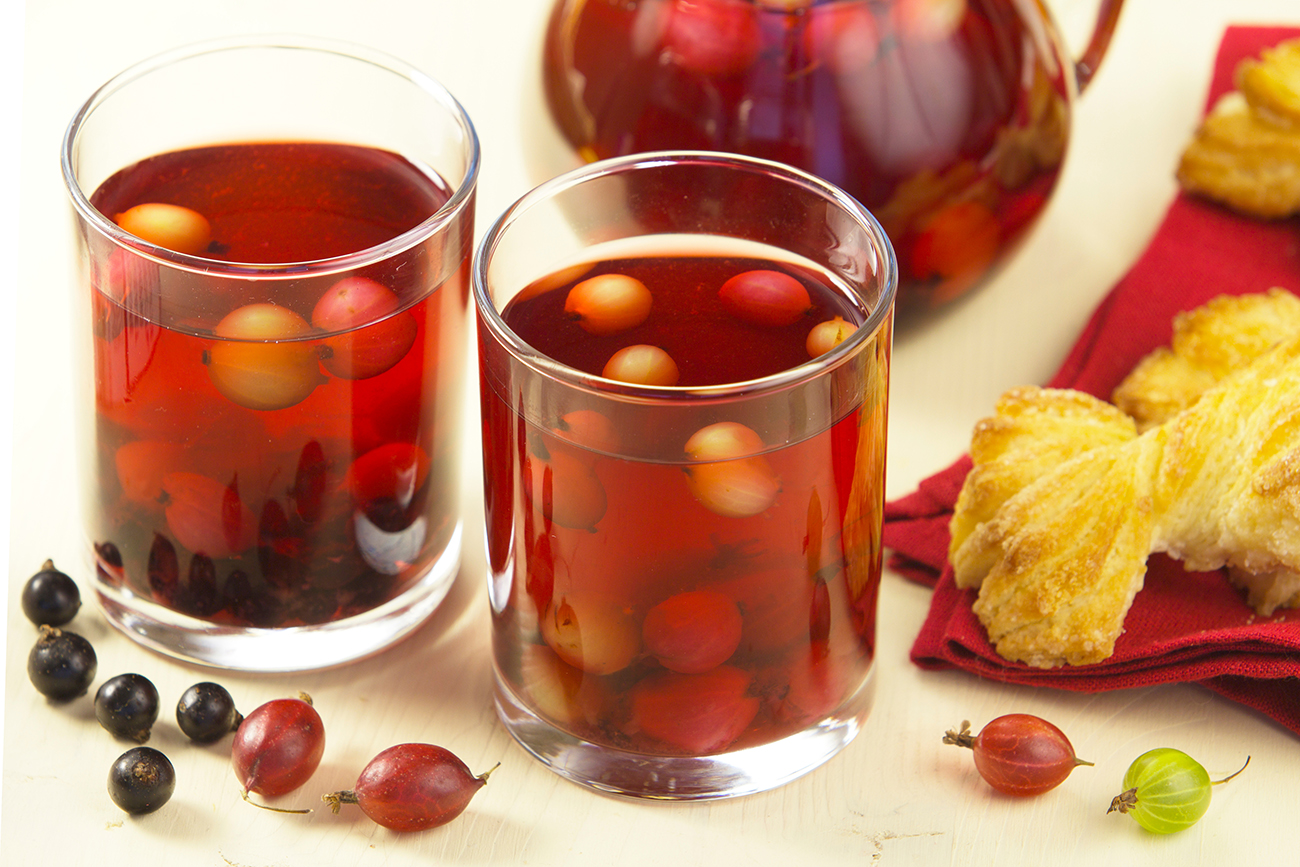 Source: Legion Media
Source: Legion Media
Kompot is another variety on the theme of berries and fruits. However, unlike mors, kompot was not considered an everyday drink, and was served only during celebrations. Brewed from dried apples, pears or plums, it was possible to keep kompot in a tightly covered container for several months, which helped preserve the remaining products.
Spoil yourself with kompot - take dried fruits, soak them in water, add sugar, boil the liquid, let it seethe for 20 minutes and then cool.
 Source: Vostock-Photo
Source: Vostock-Photo
Syt' is a drink the ancient Slavs drank before the appearance of tea. They often cooled it beforehand, which gave it an original taste.
Ordinary syt' was made from honey. It was boiled, sieved, and cooled. Finally, spices such as cloves and cinnamon were added.
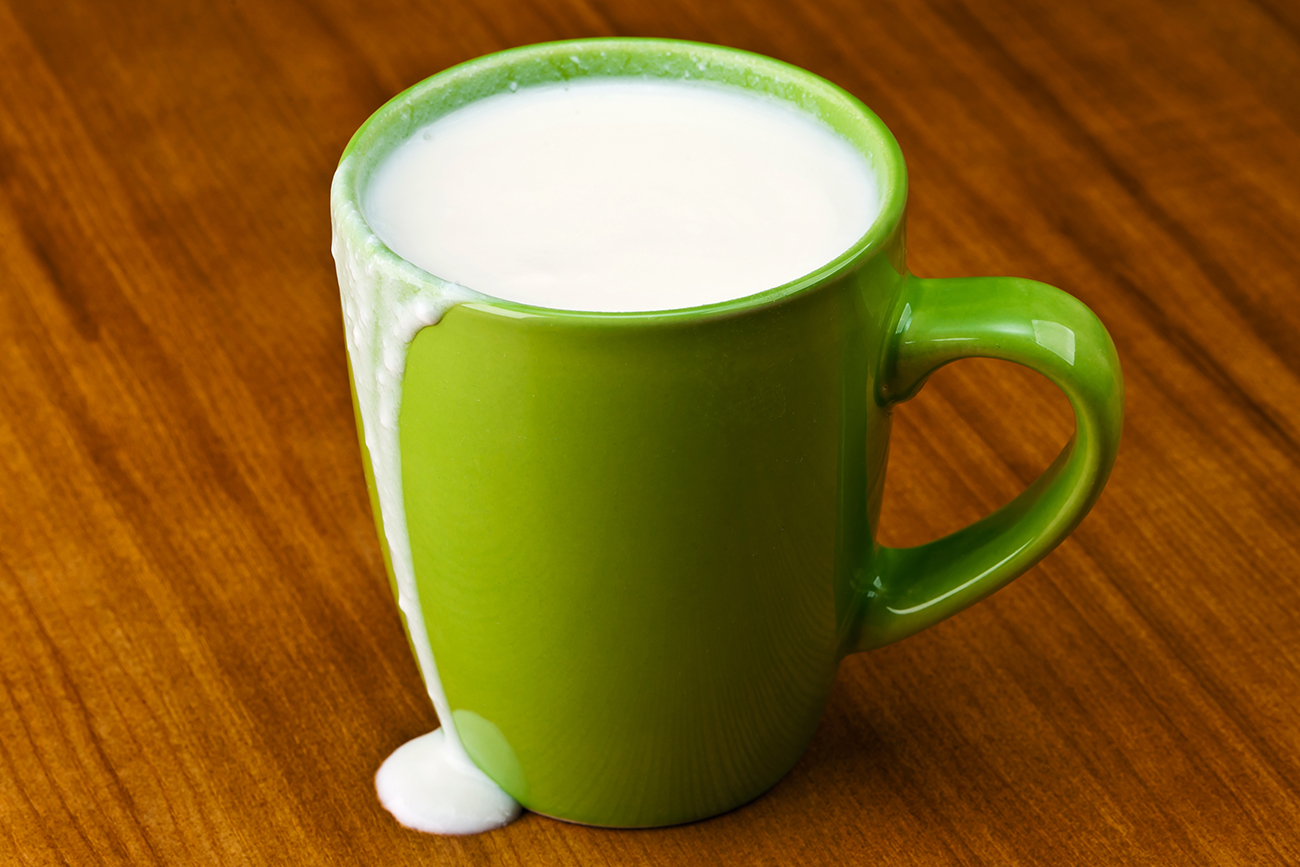 Source: Vostock-Photo
Source: Vostock-Photo
Milk in medieval Rus was used in all forms, and even soured milk had a function in the Russian kitchen. It could be added to pancakes, used to make cheese and cottage cheese, or boiled to make prostokvasha.
Making prostokvasha is easy. Leave a container with natural cow's milk in a warm place for the night. In the morning you’ll have excellent prostokvasha.
In modern conditions you can add a teaspoon of fermented milk to ordinary milk and leave the mixture in a warm place for the night. However, the second method of making prostokvasha is not considered authentic and lovers of historical precision may not like it.
If using any of Russia Beyond's content, partly or in full, always provide an active hyperlink to the original material.
Subscribe
to our newsletter!
Get the week's best stories straight to your inbox